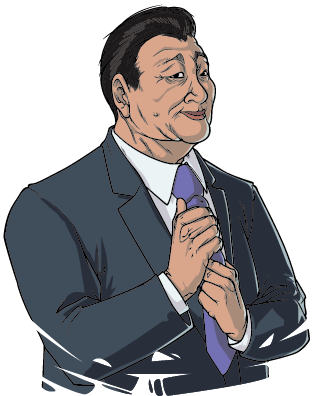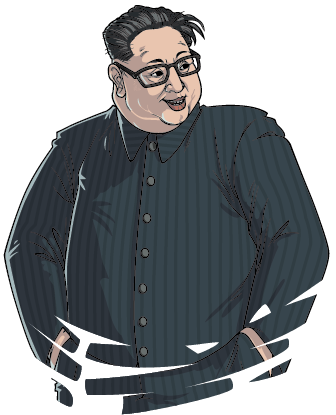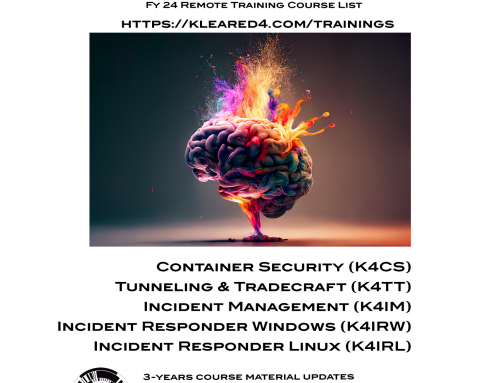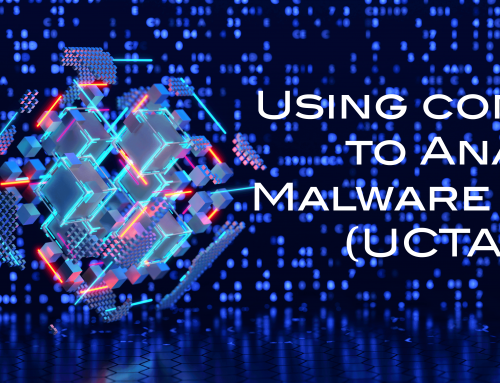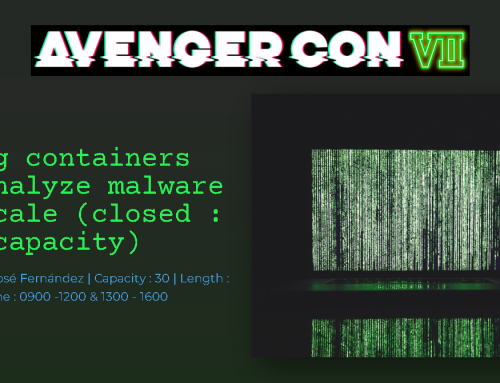During HammerCon 2022, we ran a timed 60-second 5 question quiz to determine which country was the biggest threat in Cyber. We created adaptive questions sets that would correspond to selections, and we were not surprised by the outcome.
The quiz ran for 4 days, had 162 unique partial submissions and 47 complete submissions.
Quick stats
China is perceived as the most significant threat in Cyber according to 66% of all participants.
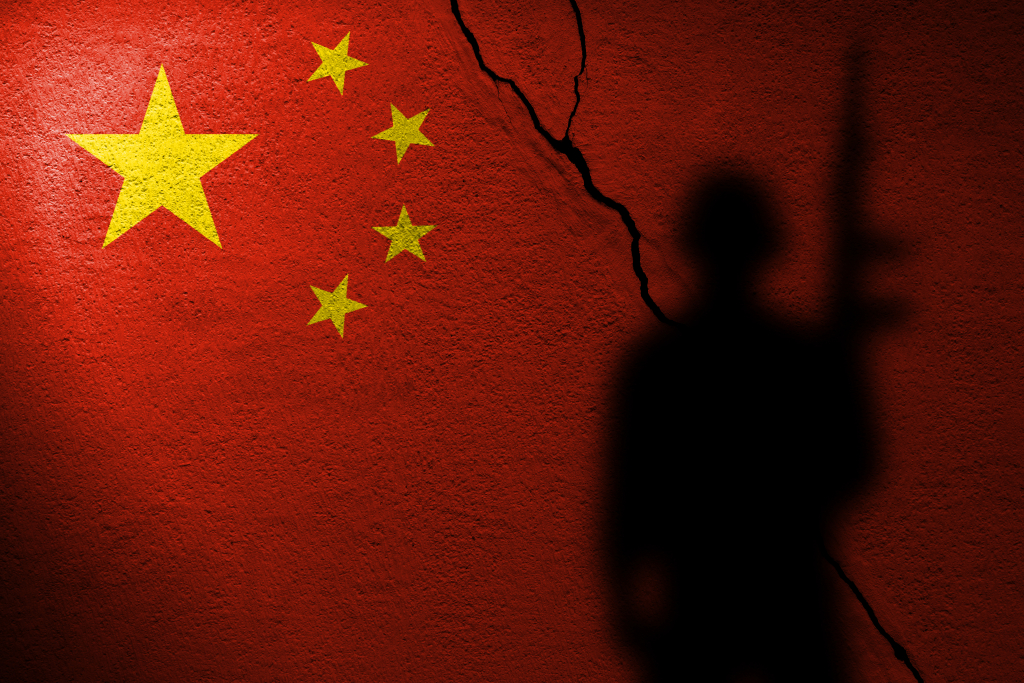
Which country do you feel is the biggest threat in Cyber?
Russia is the least significant threat among both technical and non-technical participants, with only a 6% selection rate.
100% of non-technical participants felt Iran was not the biggest threat in Cyber, since they did not pick this option.
Parody was used in some of the questions, as they were designed to surprise individual this took this quiz.
66% of technical participants could not pick a world leaders name correctly in that leader’s native language, ex Arabic, Russian, Chinese, Korean.
63% of participants cannot select a world leaders full name in English without typos.
About this quiz
This is a non-scientific representation of a survey, and it not suitable for academic references. The quiz was designed to ask participants for personal opinions between May 19-23, 2022. This period was approximately 3 months after the 2022 Russian invasion of Ukraine as part of the Russo-Ukrainian war. A time where the media, and cyber security experts were unsure of global impact and reach of this conflict, which ultimately had visible kinetic effects that were in some cases cyber-enabled. See Microsoft’s analysis on the matter with this link.
The interface adapted questions to selections made by participants
We divided responses based on how participants identified themselves in their current work-role, either as technical or non-technical individuals.
Question 1 asked if the participant currently considered themselves in a technical or non-technical role. Q1 was used to help distinguish participants into two simple demographic groups.
Question 2 asked participants Which country do you feel is the biggest threat in cyber? The options were China, North Korea, Iran, and Russia. USA was not an option for selection given intended participant pool.
Selecting a value for question 2 determined the other questions for Q3, Q4, Q5 as they related to the world leader associated to the country selected.
Questions 3 through 5 are parody questions. Please keep an open-mind regarding satire.
Question 3 was visual selection of the world leader for a corresponding country. The images used are found on our Kleared4 t-shirts, available for sale, and are relative approximations of how the world leader appears in real-life, while not being a stereotype or exact caricature of the individual. Incorrectly picking the world leader would not allow question Q4 or Q5 to appear. Q3 was designed to help establish if a participant was ready to answer questions by visually selecting a caricature of the world leader associated to the country selected in Q2.
Question 4 was selection of the world leader’s complete name in English. Some of the selection options are misspelled versions of the leader’s name to determine if participants can accurately select correct spelling. Q4 was designed to gauge accuracy in selection given that we live in an era where typos are somewhat accepted.
Question 5 was selection of the world leaders complete name in their native language. Some of the selection options are humorous and are designed to reward correct selection while poking fun at the participant for selecting the wrong choice. Q5 was designed to expose participants to native communications of a foreign language. Some incorrect responses had educational value, while others simply joked at an incorrect choice.
Participants selected country’s they felt are the biggest threats in Cyber. Most could not accurately pick the leaders name in English and fewer could pick the leaders name within that leaders native language.
Clearly we struggle being a generally uni-lingual country. We also seem to struggle with “going native” or having a deeper understanding of other world leaders, and what motivates them to be “aggressive” within cyber. Most of us can assume that the foreign players can spell Joseph Biden without issues.
About participants and convenience sampling
Participants in this quiz are made up of people that were willing to answer a quick-fire quiz from their mobile device, or personal computer while answering the quiz without supervision. Attention span, and alertness of participants was not measured. Corrections or modification to previous answers were not possible. Double submission or submission after completing one submission was not observed. The quiz was socialized within a non military endorsed event, and social media. Anyone could take the quiz as participation was voluntary.
About submissions
A complete submission was considered after arriving at question 3. Although some participants did not answer questions 3, 4 or 5, we consider the submission complete due to the unexpected question of asking for a full name of a world leader, and then asking for the native version of this name in a language the participants may have no knowledge or understanding of. Since the quiz is timed, the timer would expire before participants could lookup answers to questions, and instead forced them to guess.
Of 47 complete submissions, 7 participants stopped at question 3 due to improper image selection, i.e. picking the wrong world leader image to a country. In this case 4 technical participants and 3 non-technical participants could not distinguish, and select between a caricature likenesses of Kim and Xi. The lack of selection locked questions 4, and 5. This led to the end of quiz as the timer expired.
Judge for yourself….
Instrument validation
This was the first live quiz performed during this event. The quiz software was programmed, and tested to ensure accurate response recording prior to the event. Three different non-participants tested the quiz for defects, and interface problems prior to the event. All were able to complete the quiz without preparation or instructions besides clicking a link to the quiz using their personal mobile devices or personal computers.
Researcher hypothesis and bias
H1. Most participants would be able to match a caricature of a world leader without having seen the image before.
H2. Non-English names for each world leader would result in less than 75% accurate selection.
H3. The caricature images of some of the world leaders would be subject miss identification due to unfamiliarity with images.
H4. Having a timer would result in more participants not completing the quiz.
H5. Having a timer would reduce the likelihood of using a web-enabled translation services to answer question 5, as this type of question is unexpected.
B1. The researcher personally believed Russia would score higher in cyber threats, given the current global situation of that time.
Detailed results
Q1. Are you currently in a non-technical or technical role?
| 15 Non-technical role | 32 Technical role |
Non-technical responses 15 participants got to at least question #3
Q2. Which country do you feel is the biggest threat in cyber?
| 73.3% China | 13.3% Russia | 13.3% North Korea | 0% Iran |
Which country do you feel is the biggest threat in cyber? non-technical role responses
As a reminder, questions 3 through 5 are designed with satire in mind.
China 11/15 Non-technical role responses
Q3. Which person leads China?
| 5/11 correctly picked Xi Jinping image | 3/11 picked Kim Jong-un | 2/11 picked Sayyid Ali Hosseini Khamenei | 1 person did not answer |
27 % of non-technical participants that selected China incorrectly matched the leader of China to a caricature of Kim Jong-un
46% of non-technical participants that selected China are likely to pick a caricature image of another world leader vs the correct leader
Q4. What is the leader of China called? 3/5 picked Xi Jinping
60% of non-technical participants that selected China correctly matched the leader of China’s full name in English.
Q5. What is Xi’s name in Chinese?
| 3/5 习近平 Xi Jinping | 2/5 people picked 孫子 Sun Tsu |
60% of non-technical participants correctly matched the leader of China’s full name in Chinese.
40% of non-technical participants incorrectly matched the leader of China’s full name in Chinese to Sun Tsu.
North Korea 2/15 Non-technical role responses
Q3. Which person leads North Korea? 2/2 correct image selection
Q4. What is the leader of North Korea called?
| 2/2 Kim Jong-un | 0/2 Kim Jong-um |
100% of non-technical participants correctly matched the leader of North Korea’s full name in English.
Q5. What is Kim’s name in Korean?
| 1/2 김정은 picked Kim | 1 person did not select |
50% of non-technical participants correctly matched the leader of North Korea’s full name in Korean.
Russia 2/15 Non-technical role responses
Q3. Which person leads Russia? 2/2 correct image selection
Q4. What is the leader of Russia called? 2/2 Vladimir Vladimirovich Putin
Q5. What is Vlad’s name in Russian? Владимир Владимирович Путин
100% of non-technical participants correctly matched the leader of Russia’s image, full name in English and Russian.
Technical responses 32 participants got to at least question #3
Q2. Which country do you feel is the biggest threat in cyber?
| 62.5 % China | 21.8 % North Korea | 12.5 % Iran | 3% Russia |
Which country do you feel is the biggest threat in cyber? Technical roles
As a reminder, questions 3 through 5 are designed with satire in mind.
China 20/32 Technical role responses
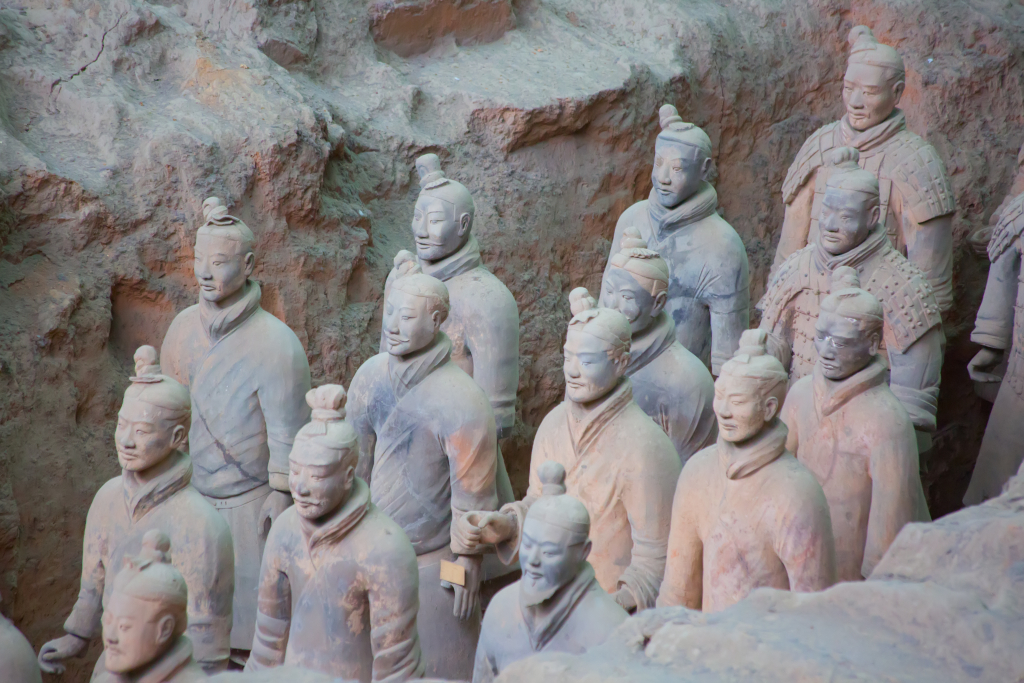
Q3. Which person leads China? 20/20 correctly picked Xi Jinping image.
100 % of technical participants that chose China correctly matched the leader of China to a caricature of Xi Jinping
Q4. What is the leader of China called?
| 8/20 Xi Jinping | 8/20 Xi Jinpeng | 4/20 Xi Jenping |
60% of technical participants that selected China are likely to pick a minor misspelling of a world leader from another country.
We can assume non-American people, OK.. maybe a few Americans as well, would misspell our current President as Bidin/Bidden vs Biden.
Q5. What is Xi’s name in Chinese?
| 5/20 习近平 Xi Jinping | 8/20 蝙蝠汤 / bat soup | 2/20 任正非 / Ren Zhengfei | 2/20 孫子 / Sun Tsu | 3/20 did not answer |
25% of technical participants correctly matched the leader of China’s full name in Chinese
40% of technical participants incorrectly matched the leader of China’s full name in Chinese to “Bat Soup”
20% of technical participants incorrectly matched the leader of China’s full name in Chinese to either Ren Zhengfei of Huawei, or Sun Tsu
North Korea 7/32 Technical role responses
Q3. Which person leads North Korea? 3/7 correct image selection,
| 3/7 correct image selection | 4/7 picked the leader of China instead |
57% of technical participants that chose North Korea were likely to pick a caricature of another leader of Asian descent.
4/7 picked the leader of China instead, and blocked questions 4, and 5 by picking the wrong image.
Q4. What is the leader of North Korea called?
| 0/3 Kim Jong-un | 3/3 Kim Jong-um |
100% of technical participants that chose North Korea incorrectly matched the leader of North Korea’s full name in English.
This reinforces the previous response from technical participants in that selected China. Question 4 resulted in more selections of minor misspelling of a world leader due to similarity, and perhaps the pressure of being timed.
Q5. What is Kim’s name in Korean?
| 2/3 김정은 Kim Jong-un | 1/3 한스 블릭스 / Hans Blix |
66% of technical participants correctly matched the leader of North Korea’s full name in Korean.
33% of technical participants incorrectly matched the leader of North Korea’s full name in Korean to Hans Blix.
Russia 1/32 Technical role responses
Q3. Which person leads Russia? 1/1 correct image selection
Q4. What is the leader of Russia called? 1/1 Vladimir Vladimirovich Putin
Q5. What is Vlad’s name in Russian? 0/1 no selection. Владимир Владимирович Путин
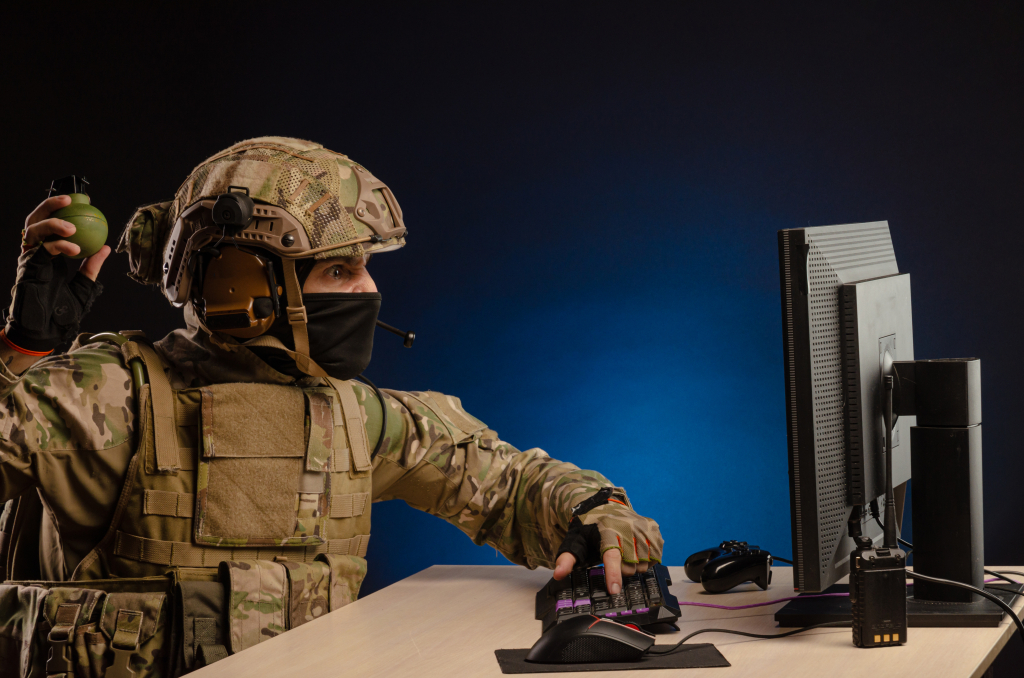
100% of technical participants that chose Russia (one person) correctly matched the leader of Russia’s image, full name in English.
This person presumably ran out of time selecting the correct Russian name or was unable to answer before time expired.
Iran 4/32 Technical role responses
Q3. Which person leads Iran?
| 3/4 picked the correct image | 1/4 no response |
75% of technical participants that chose Iran correctly matched the leader of Iran’s to a caricature of Sayyid Ali Hosseini Khamenei.
Q4. What is the leader of Iran called?
| 0/3 Sayyid Ali Hosseini Khamenei | 2/3 Sayyid Ali Hosseini Khaminei | 1/3 Sayid Ali Hosseini Khamenei |
100% of technical participants that chose Iran incorrectly matched the leader of Iran’s full name in English.
We believe that the longer any name is, the more likely anyone would simply pick a misspelled version given constraints and lack of preparation for these questions.
Q5. What is Ali’s name in Persian?
| 0/3 سید علی حسینی خامنهای Sayyid Ali Hosseini Khamenei | 2/3 همبرگر دو نفره بدون مایو / double hamburger no mayo | 1/3 کاسیوس مارسلوس کلی جونیور / Cassius Marcellus Clay Jr |
66% of technical participants that chose Iran are more likely to pick a “double hamburger no mayo” than match the leader of Iran’s full name in Arabic.
Question aggregates
Q3 aggregates (visual identification of leader selected)
| Non-technical | Technical | Total |
| 11/15 correct 73% | 27/32 correct 84% | 38/47 80.8% accuracy |
Q4 aggregates (misspelling of leaders full name in English)
| Non-technical | Technical | Total |
| 5/9 correct 55.5% | 9/27 correct 33.3% | 14/38 36.8% accuracy |
Q5 aggregates (non-English name of the leader in their respective native language)
| Non-technical | Technical | Total |
| 6/9 correct 66.6% | 7/27 correct 26% | 13/38 34.2% accuracy |
Conclusion
While we might have strong opinions about who is better or more aggressive within cyber, it seems most of us know very little about some of the players that exist within this realm. This quiz was designed to gather information about questions 1 and 2. The other questions are designed to show how little we know about foreign leaders and this opens further questions. Do you think they see us in the same way? Do you think their general populace, or military population, struggles with the identification of other world leaders as we did? In the future, we will create similar quizzes to keep educating our population. We would appreciate sharing this post and by all means feel free to reach out over social media about any thoughts or concerns with this style of quiz.
We consider that this type of quiz format has the potential to be used as a simple training aid. Contact us if you would like us to prepare a similar styled quiz or survey. Take care.


